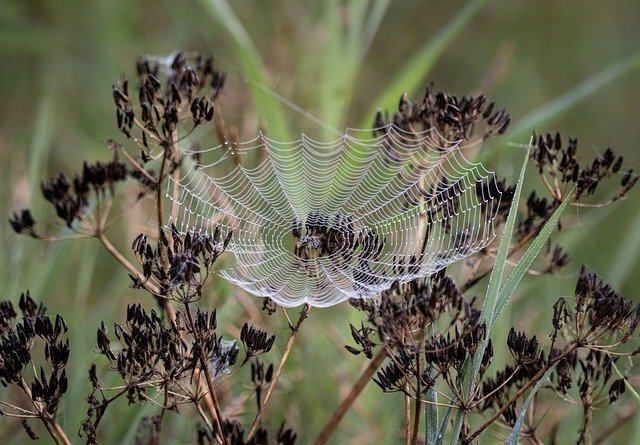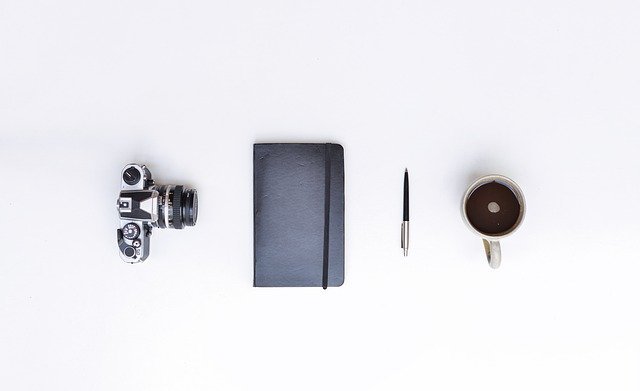
Photography is a very interesting art form and requires a combination of natural talent and training. This should not mean a good photographer is born, it means you must put in the effort to learn all the new trade tips and stick to a routine that is successful for you.
Snap pictures with a sense of urgency. If you take too long while setting up a shot, you may very well miss out on the opportunity to take the perfect picture. It is better if your camera takes pictures quickly.
It takes experimentation to learn which shutter speed works best in different settings. By varying shutter speeds, you can capture stills as well as fast moving objects. Using a faster shutter speed will let you catch objects while they are in motion, while a slow shutter speed is great for capturing serene natural settings.
When you are photographing nature, steer clear of taking photos that include a sky that is overcast. If too much gray sky is in your picture, it will look muted and bland. If you cannot exclude the overcast sky from your shots, you may want to consider taking black and white photos. On a beautiful day, you can include as much blue sky as you desire.
Do not make adjusting your settings too complex. Do not attempt to take on too many customizable settings at once. Choose to master a new setting monthly, from shutter speed to aperture. By learning one setting at a time, you will be able to capture your subject.
Don’t go crazy messing with the settings on your camera. Focus on learning to use just one of the camera’s settings, such as shutter speed or aperture, before involving the others. Once you are very skilled with your settings, you will be able to make adjustments quickly and focus all your attention on getting excellent photos.
Serious photographers have dSRL cameras. This type of digital camera will give you the most accurate view of your subject as you snap the picture. If you want the largest image sensor, as well as the most highly detailed images, choose a full-frame DSLR.
Experiment with your camera’s various features, along with angles and colors. You do not necessarily need the most interesting subject or object for a great picture. Talented photographers can use their skills to bring out something interesting in even the most mundane of subjects. Experimenting is key, so don’t be afraid to do it.
Many people think sunny days are great for photos, but direct sunlight can ruin nearly any image. It can cause a number of negative effects on your photos, including shadows, squinting subjects and uneven highlights. If you’re goint to take pictures outside, do it first thing in the morning or just before sunset.
Digital cameras almost always have a built-in flash that will go off when the external light is too dim. Auto-flash is great for amateur photographs, but for a cleaner more professional look you should have an external unit with a broader range for your camera flash. You should go to the camera store and purchase a flash that fits and syncs properly with your camera.

Choose only your best photography to highlight and display. Resist the urge to show multiple angles of the same setting or showing too many images at a time. Seeing the same things repeatedly can become boring. Keep what you show other people fresh and exciting by showing many different types of photos.
Find the right subject that will create an interesting photograph. An interesting subject can help, but it is up to you to make your subject interesting thanks to your creativity. Chose inanimate objects that inspire you, or search for a willing participant that can act as your muse.
Practice using manual adjustments to the white balance in your photographs. Taking indoor pictures is tricky because of the yellow tone the lightbulbs give off. Rather than changing your room’s lighting, you can change the white balance of your camera. This will give your pictures a professional appearance.
Experiment with different perspectives, scale and photographic expression. You can make any object artistic when you portray it in a creative way, such as making it appear distorted, or in an unusual location. Practice altering your composition in order to see familiar objects in a new way.
Having the background slightly out of focus, when shooting a live subject, can really enhance your photograph. When you don’t blur the background, it becomes harder for a viewer to focus on the subject. The easiest way to do this is to increase the distance between subject and background.
Is taking pictures where the subject has been rained upon something you need to do? Mimic the look of rain drops even when it’s sunny by spritzing your subject with a spray bottle full of water.
The information in this article can guide you to master photography and have a successful career. There is much more to great photography than just pointing and clicking at subjects. Taking pictures is all about what is around you, capturing the world in a way that makes it feel immortalized.
Make sure to read the camera’s manual. Camera manuals have a certain bulky heft that discourages reading. The common reaction to a manual is to pitch it into a cabinet and forget it or even toss it straight in the garbage. Instead of letting it gather dust, crack it open and give it a look. You will avoid simple errors and improve your skill.


